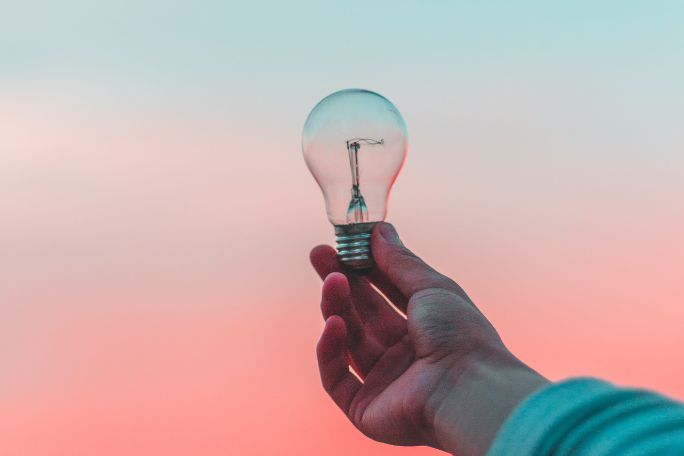Lesson summary
How many books does your school or classroom have? Is it more than 15? Are they science books? Kamilaroi man and scientist, Corey Tutt, discovered that some schools in remote Australia have very few science resources and created a digital organisation Deadly Science to help provide remote and regional schools with the science books and resources they need. Corey and his Deadly Science team have sent over 25,000 science resources to schools - to help kids discover science. Use this lesson to inspire your students to create a social enterprise project that keeps on giving.
Learning intentions:
Students will...
- understand that resourcing for schools is not equal
- learn about Corey Tutt and the work of Deadly Science
- explore design thinking processes to brainstorm social enterprise ideas.
Success criteria:
Students can...
- explain the impacts of unequal resourcing
- describe the work of Corey Tutt and Deadly Science
- demonstrate their ability to use design thinking processes through brainstorming.
Lesson guides and printables
Curriculum links
Select your curriculum from the options below.
Lesson details
Curriculum mapping
Australian curriculum (v9.0) content descriptions:
Design and Technologies:
Students learn to:
- develop project plans that include consideration of resources to individually and collaboratively make designed solutions (AC9TDE6P05).
General capabilities: Literacy, Numeracy, Ethical Understanding
Syllabus outcomes: ST3-2DP-T, ST3-3DP-T
Cross-curriculum priority: Sustainability, Aboriginal and Torres Strait Islander Histories and Cultures.
Relevant parts of Year 5 and 6 achievement standards: Design and Technology
Students explain how people design products, services and environments to meet the needs of communities, including sustainability. Students share and communicate ideas or content to an audience using technical terms, graphical representation techniques and appropriate digital tools. They develop project plans, including production processes, and select technologies and techniques to safely produce designed or digital solutions.
Resources required
- device capable of creating audiovisual recordings, such as an iPad or camera (optional)
- digital resources – Post-it note App, Canva, Prezi (optional & teacher’s preference)
- digital apps – Design thinking tool: Design Maker Squad (optional)
- paper A3 or butcher paper
- sticky notes or recycled paper squares (cut to the same size as sticky notes)
- writing materials
Skills
This lesson is designed to build students’ competencies in the following skills:
- Collaboration
- Social skills
- Problem solving
- Initiative
- Ethical understanding
- Enterprise
- Digital literacy
- Creativity
- Communication
Additional info
Level of teacher scaffolding: Medium – facilitate group organisation, class discussions, digital content, assist with project idea and implementation.
Cool Australia would like to thank and acknowledge the support of the _auDA Foundation _enabling us to create these lessons.
Related professional learning
Visualise Data in the Secondary Classroom
Quick Summary:
Infographics have grown in popularity because they communicate information quickly and clearly. These visual tools represent information, data or knowledge. In this hands-on course, you will build your ability to use infographics as a learning tool in your curriculum.


Welcome back!
Don't have an account yet?
Log in with:
Create your free Cool.org account.
Many of our resources are free, with an option to upgrade to Cool+ for premium content.
Already have an account?
Sign up with:
By signing up you accept Cool.org's Terms and Conditions(Opens in new tab) and Privacy Policy(Opens in new tab).